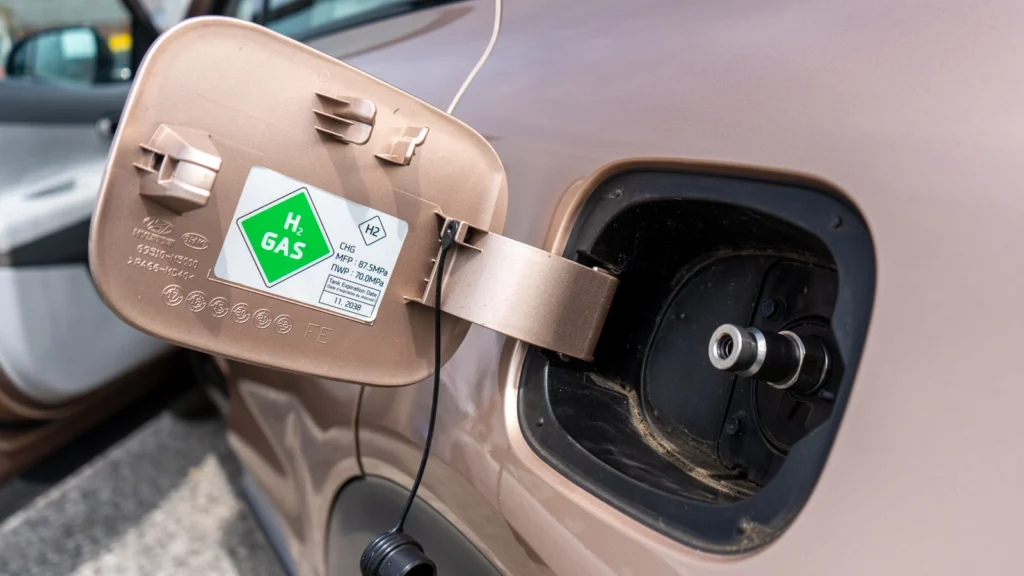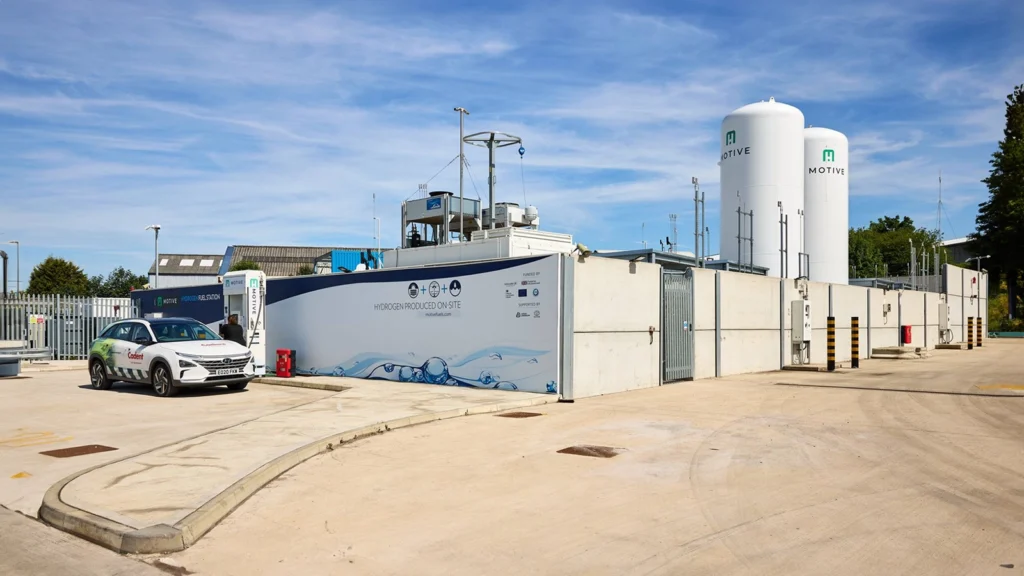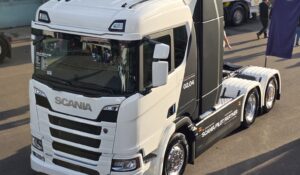How much does a tank of hydrogen cost, and how do you refuel a hydrogen car?

How much is a tank of hydrogen? How do you even refill one?
Hydrogen cars are an exciting alternative to traditional petrol and diesel vehicles. They offer similar performance but with a much lower environmental impact.
However, questions about the cost and refuelling process often arise.
Here we’ll delve into the specifics of refuelling hydrogen cars, comparing them to the current fossil fuel counterparts, and explore the potential benefits and challenges.
How much does it cost to fill up a hydrogen car?
To understand the cost dynamics, let’s consider the Toyota Mirai, the prominent in-production hydrogen fuel cell car.
The Mirai shares its platform with the Lexus LS, a petrol-powered luxury saloon car, with the Lexus, depending on the model, coming with an 85-litre petrol tank.
At the current UK petrol price of £1.44 per litre (as of 2nd August 2024), filling up the LS costs around £122.40 for a tank of dinosaur juice.
Now the Mirai, in contrast, uses hydrogen stored in a 5.6-kilogram tank (yes hydrogen is measured in kilograms rather than in litres).
Hydrogen prices vary, but I called up Motive Fuels, the UK’s largest hydrogen station operator, and they said that their green hydrogen costs around £21 per kilogram.

Meaning a full tank of fuel for the Mirai costs only £117.60. That is nearly a fiver CHEAPER than filling up the Lexus.
Bearing in mind that Motive Fuels make green hydrogen which is the environmentalists wet dream type of hydrogen – A-Grade hydrogen made from completely renewable electricity provided by solar and wind.
How many miles of range do hydrogen cars get?
When it comes to range, the stated figures of the Lexus LS are that it can travel between 530 to 621 miles on a full tank, depending on driving conditions.
The Mirai, on the other hand, offers a range of around 402 miles per fill-up, so a little bit less based on the official figures.
However, in 2021, Toyota set a Guinness World Record with the Mirai, covering 845 miles on a single tank across California, with the Mirai achieving an unbelievable 152 miles per gallon equivalent (mpge), emitting only water out of the exhaust.
The equivalent journey in a petrol car would emit around 300 kg of CO2 over the same distance.
How do you fill up a hydrogen car?
Refuelling a hydrogen car is straightforward and is pretty similar to the experience of refuelling a petrol or diesel car. You open the filler cap and connect the nozzle to the car’s fuel port, it creates a secure pressure seal, and within just 3-5 minutes, you are away and the tank is filled.
This quick refuelling time is obviously a significant advantage over battery electric vehicles (EVs), which can take 30-45 minutes or more to charge.
Hydrogen fuel stations offer two types of pressures: 350 bar is the legacy pressure, usually serving larger vehicles like buses and trucks and 700 bar is the latest standard for passenger cars like the Mirai.
FIND YOUR LOCAL HYDROGEN FILLING STATION:
Hydrogen filling station map Europe
Hydrogen filling station map US & Canada
Conclusion
Hydrogen cars present an incredibly compelling case for the future of sustainable transport.
They offer a similar range and quick refuelling experience to traditional cars, are cheaper to fill up in some cases, and produce zero harmful emissions.
So what are you waiting for?
Well, sadly, the primary challenge still remains the infrastructure.
While places like Germany, California and South Korea have made significant strides in building hydrogen refuelling networks, the UK still has some catching up to do.
With only a handful of hydrogen stations currently available, broader adoption will depend on expanding this infrastructure.
Nonetheless, as more stations are built and technology advances, we wholeheartedly believe that hydrogen cars will become the mainstream. It will just take time – watch this space.










